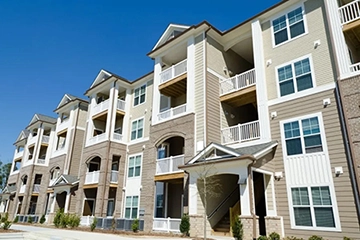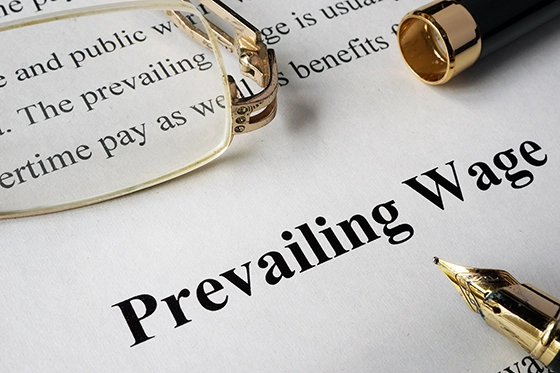Carbon-Free Strategies
Delivering Energy Efficiency
Through Effective Strategies
____Our Services
____

Apollo Assist Energy Audits
Our energy audits come with managed upgrade options. Our audits do more than identify what needs to be upgraded. They help quantify the energy savings and improve stakeholder equity.
Energy audits create the baseline for strategic investments you can profit from.
Managed Upgrades guarantee quantifiable energy savings and carbon emission reductions.
Learn About Energy Efficiency Solutions.
Section 45L Tax Credits
ENERGY STAR Certification NOT REQUIRED.
Qualify for 45L Tax Credits without getting ENERGY STAR certification and the IRS already knows there's a flaw in the law. Contact us to learn why.
Our energy modeling and parametric analysis will typically qualify your project. We will show how you can capitalize on additional incentives.
Find Out If You Qualify for 45L Tax Credits
Prevailing Wage
A task-based wage you may already be paying and not realize it. We can help you find out.
§45L Tax Credits for multifamily projects, and §179D Tax Deductions for commercial require you to pay prevailing wage to get the higher incentive.
Knowing you're already paying prevailing wage can change your projects financial.
Are You Already Paying Prevailing Wage